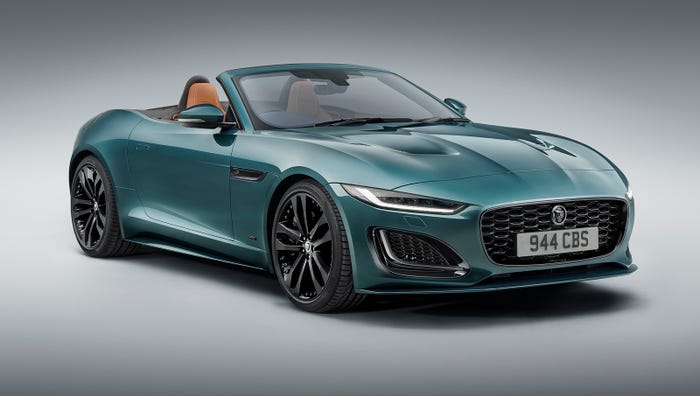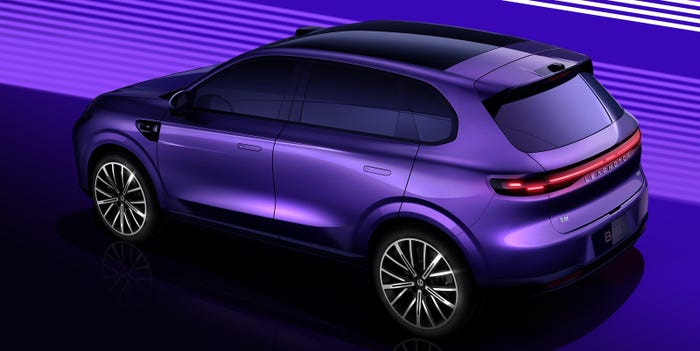Nissan Touts Its Improved Relations With Dealers
A manufacturer-dealer partnership has led to a “renewed common ambition,” says Nissan’s Jeremie Papin.

DALLAS – Nissan dealers are happier with the automaker these days, a company executive tells an industry gathering.
That’s in contrast to a few years ago when Nissan had a dubious streak of low ratings in annual surveys of dealer-OEM relations.
But things evidently have improved. A lot, according to
Jeremie Papin, chairperson of Nissan’s U.S. unit and senior vice president of Nissan Motor Co.
He credits the manufacturer-dealer “partnership” to a “renewed common ambition,” among other things.
“How do you draw on that partnership? It all comes down to trust and transparency. (Dealers) are happy as a result,” Papin says at the American Financial Services Assn.’s annual Vehicle Finance Conference and Expo held in conjunction with the 2023 NADA Show.
Nissan has 1,100 dealers in the U.S. and 200 Infiniti dealers representing the automaker’s luxury brand.
A key to good dealer relations is for an automaker to avoid creating a setup or circumstances in which same-brand retailers fight each other for business.
“We don’t want competition within the network, but instead we want conquesting (of other brands),” Papin says. “We’re growing the brand. We’re seeing more dealer investments. We don’t push vehicles on them. It’s a pull from them.”
The push market harkens back to the days when dealers complained that automakers overproduced, then tried to arm-twist dealers to take the excess volume.
Today, it’s the opposite.
The current pull market stems from consumer demand outpacing supply, mainly because a shortage of parts such as microchips has forced automakers to cut production.
Papin foresees automakers soon producing more vehicles to better balance the supply and demand.
For now, though, one way Nissan handles the supply shortage is to inform dealers about production issues. Nissan’s plant in Tennessee is one of the highest-volume factories in the U.S.
“We show dealers production schedules two months early,” Papin says. “They know exactly what they will get. (Digital) tools show them where vehicles are and when they will arrive. Production visibility is bigger. It’s good for dealers, and their customers.”
He acknowledges the current slim pickings of dealer inventory, particularly of popular vehicles, has led to “big” customer frustrations as many shoppers struggle to find the vehicles they want.
It can seem like it’s always something in the auto industry, from supply disruptions to economic meltdowns, to widespread vehicle recalls.
“We need to accept how uncertain the business is and will be,” Papin says. “The more we accept that, the better we’ll be.”
Still, he says, Nissan is in a good place with its dealers “and we’re preparing for the future with them.”
About the Author
You May Also Like





